Below is an article I had published in the most recent newsletter put out by the Ottawa Herb Society. If you don’t yet know about the OHS I highly recommend visiting their Facebook pageand/or becoming a member. With bimonthly meetings and the quarterly newspaper, this a wonderful group of herbal elders and all-round plant enthusiasts gathering and sharing herbal lore. I’m so excited to see the herbal community growing in the Ottawa area!
The article covers material from a class I took at an herbal conference last fall with a wonderful herbalist that I really admire and respect. The class was an in depth look at wildcrafting and I came away from it so inspired and more determined than ever to be an advocate for responsible harvesting practices.
I think Nicole’s system of determining the impact of harvesting is brilliant and it is now what I teach on all my walks and to my students.
I hope you enjoy it!
“Wildcrafting is Stewardship” ~Howie Brounstein
After two years of dreaming about attending the Herbal Resurgence Rendezvous(formerly known as the Traditions in Western Herbalism conference), I decided to make that dream become reality and last September I attended the event in its third year, held in Mormon Lake, Arizona.
The article covers material from a class I took at an herbal conference last fall with a wonderful herbalist that I really admire and respect. The class was an in depth look at wildcrafting and I came away from it so inspired and more determined than ever to be an advocate for responsible harvesting practices.
I think Nicole’s system of determining the impact of harvesting is brilliant and it is now what I teach on all my walks and to my students.
I hope you enjoy it!
“Wildcrafting is Stewardship” ~Howie Brounstein
After two years of dreaming about attending the Herbal Resurgence Rendezvous(formerly known as the Traditions in Western Herbalism conference), I decided to make that dream become reality and last September I attended the event in its third year, held in Mormon Lake, Arizona.
What I love about the Herbal Resurgence is the inclusive, grassroots, folk approach to herbalism that makes it accessible to the clinical practitioner and backyard herbwife alike. Each day was packed with exciting and engaging classes and it was difficult to choose which to attend. I went on a plant walk with jim mcdonald, learned How To Sit With a Plant from Paul Bergner, gained valuable insights on Treating Chronic Illness with Katja Swift and furiously took notes on Greek Medicine for the Herbalist with Matthew Wood.
One of my favorite classes was with Texas herbalist and director of the Wildflower School of Botanical Medicine, Nicole Telkes. Nicole presented a class on Weedcrafting: Redefining Wildcrafting for the Next Generation of Wild Foragers. Being an avid wildcrafter and forager myself, I was keen to hear what she had to say on the subject.
Nicole began by asserting that herbalists and wildcrafters have a responsibility to protect and be advocates for ecology and the environment. She explained that often people are drawn to the romance of gathering plants from remote wild spaces, but the reality is, the wild cannot sustain such harvesting without a radical alteration of the habits of wildcrafters. She seeks to make peace with the herbalist’s desire to connect with and harvest wild plants and still be sustainable and conscious in that practice of collecting. To that end, she suggests a new term, ‘weedcrafting’, which she defines as, “the harvesting of plant material from wild and waste spaces that helps support the native ecosystem and promotes diversity. Weedcrafting is a type of wild gardening that looks at the ecology of a place as well as the species of interest and takes into account that the earth cannot sustain unconscious foraging in our wildlands…”
One of my favorite classes was with Texas herbalist and director of the Wildflower School of Botanical Medicine, Nicole Telkes. Nicole presented a class on Weedcrafting: Redefining Wildcrafting for the Next Generation of Wild Foragers. Being an avid wildcrafter and forager myself, I was keen to hear what she had to say on the subject.
Nicole began by asserting that herbalists and wildcrafters have a responsibility to protect and be advocates for ecology and the environment. She explained that often people are drawn to the romance of gathering plants from remote wild spaces, but the reality is, the wild cannot sustain such harvesting without a radical alteration of the habits of wildcrafters. She seeks to make peace with the herbalist’s desire to connect with and harvest wild plants and still be sustainable and conscious in that practice of collecting. To that end, she suggests a new term, ‘weedcrafting’, which she defines as, “the harvesting of plant material from wild and waste spaces that helps support the native ecosystem and promotes diversity. Weedcrafting is a type of wild gardening that looks at the ecology of a place as well as the species of interest and takes into account that the earth cannot sustain unconscious foraging in our wildlands…”
She defines ‘weedcrafters’ as people, “who want to reclaim these feral spaces and steward the land. We pick up trash, spread dandelion seeds, clear out overly enthusiastic plants to use as medicine to bring more diversity back to an area…We protect weedy nooks as we would any wildland, because it is feral land and can be found in any city or suburb, just waiting to be freed. Weedcrafting is recreating our wildlands and growing beauty wherever we may be.”
Nicole shared her concern with the increasing trend and popularity of wildcrafting and foraging, where there are now apps for your smartphone, such as the electronic field guide Leafsnap, that can turn anyone with a little bit of technology into thinking they’re a plant expert. Without a strong foundation and understanding of the ethics of wildcrafting, this can be deeply problematic.
Another concern Nicole raised is the trend towards using inaccessible, rare, at risk or exotic plants that often come from far away and tend to be marketed as miracle panaceas that will change the consumer’s life. And while conservation organisations such as the United Plant Savers do valuable work in preserving at risk species, they fall short of addressing plant populations at the local level.
As a response to these issues, Nicole shared a number of suggestions and recommendations. She encouraged us to disconnect from technology whenever possible, saying that to learn about plants we need to physically sit with them and observe their behaviour in nature, over time, in all seasons. We need to connect with the earth, and especially with our own bioregion. We need to think like wild gardeners and tend to the wild and weedy places, giving back to our ecosystems and working to restore degraded land.
Nicole shared her concern with the increasing trend and popularity of wildcrafting and foraging, where there are now apps for your smartphone, such as the electronic field guide Leafsnap, that can turn anyone with a little bit of technology into thinking they’re a plant expert. Without a strong foundation and understanding of the ethics of wildcrafting, this can be deeply problematic.
Another concern Nicole raised is the trend towards using inaccessible, rare, at risk or exotic plants that often come from far away and tend to be marketed as miracle panaceas that will change the consumer’s life. And while conservation organisations such as the United Plant Savers do valuable work in preserving at risk species, they fall short of addressing plant populations at the local level.
As a response to these issues, Nicole shared a number of suggestions and recommendations. She encouraged us to disconnect from technology whenever possible, saying that to learn about plants we need to physically sit with them and observe their behaviour in nature, over time, in all seasons. We need to connect with the earth, and especially with our own bioregion. We need to think like wild gardeners and tend to the wild and weedy places, giving back to our ecosystems and working to restore degraded land.
When determining whether to harvest or not, conventional guidelines can be too simplistic and often don’t reflect the reality of a particular locale. Thus it is important to observe an ecosystem and get to know it over time. Then it is possible to address what might be out of balance, or to identify a particularly weedy plant that may be crowding out native species. Some questions to ask when assessing plants in an ecosystem include:
Are they native or nonnative?
Do they have a tendency to take over?
Do these plants have a history of use?
Can you grow them?
Do you need to harvest the plant?
What is the plant’s life cycle and what parts would you harvest?
Who can you ask that lives in your area and may know more about the plant?
To further help determine what to harvest, Nicole shared her guidelines based on the level of impact the harvesting would have on a wild stand. She stressed that this is not about what percentage to take, but rather about making informed decisions based on one’s knowledge and understanding of a bioregional ecosystem. She outlined 6 levels of impact, level 1 having the least impact and level 6 the greatest.
Level 1 Plant material that needs to be rescued from destruction or has been blown off by a storm or some other unseen force
Level 2 Weedy, invasive, non-natives
Level 3 Weedy natives and non-weedy, non-natives
Level 4 Non-weedy natives
Level 5 Native, less common, at risk (from over harvesting or habitat destruction), ones to learn to propagate
Level 6 NO PICKS! Endemic plants, plants that can’t be propagated, federally endangered and rare, sensitive native plants
Are they native or nonnative?
Do they have a tendency to take over?
Do these plants have a history of use?
Can you grow them?
Do you need to harvest the plant?
What is the plant’s life cycle and what parts would you harvest?
Who can you ask that lives in your area and may know more about the plant?
To further help determine what to harvest, Nicole shared her guidelines based on the level of impact the harvesting would have on a wild stand. She stressed that this is not about what percentage to take, but rather about making informed decisions based on one’s knowledge and understanding of a bioregional ecosystem. She outlined 6 levels of impact, level 1 having the least impact and level 6 the greatest.
Level 1 Plant material that needs to be rescued from destruction or has been blown off by a storm or some other unseen force
Level 2 Weedy, invasive, non-natives
Level 3 Weedy natives and non-weedy, non-natives
Level 4 Non-weedy natives
Level 5 Native, less common, at risk (from over harvesting or habitat destruction), ones to learn to propagate
Level 6 NO PICKS! Endemic plants, plants that can’t be propagated, federally endangered and rare, sensitive native plants
Nicole then asked us to write down a list of 10 common, weedy plants that grow in our particular bioregion, the plants that seem to grow everywhere, like the cracks in sidewalks, and they keep showing up in your garden, no matter how much you weed them. She also asked us to create a second list of lesser known plants, unique, or only found in our bioregion, in a small area. The first list are the plants to harvest, teach about and share with others. The second list is of the plants that we keep to ourselves and only teach when appropriate. These are plants to be careful with, to protect and propagate if possible. All the plants on each list are the ones to learn about as much as we can.
Nicole concluded her inspiring and insightful class saying that she believes plant medicine should be accessible for the people. By reconnecting to the not-so-wild spaces, being conscious of our impact when harvesting, observing ecosystems over time and living a bioregional lifestyle, we too can become weedcrafters and wild gardeners who support native plant populations, increase biodiversity and restore balance to the land!
Personally, I am looking forward to implementing these guidelines in my own practice as a wildcrafter striving to recreate the wildlands where I live and growing beauty wherever I am.
Nicole concluded her inspiring and insightful class saying that she believes plant medicine should be accessible for the people. By reconnecting to the not-so-wild spaces, being conscious of our impact when harvesting, observing ecosystems over time and living a bioregional lifestyle, we too can become weedcrafters and wild gardeners who support native plant populations, increase biodiversity and restore balance to the land!
Personally, I am looking forward to implementing these guidelines in my own practice as a wildcrafter striving to recreate the wildlands where I live and growing beauty wherever I am.
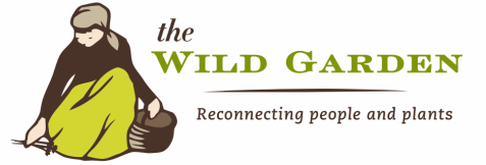
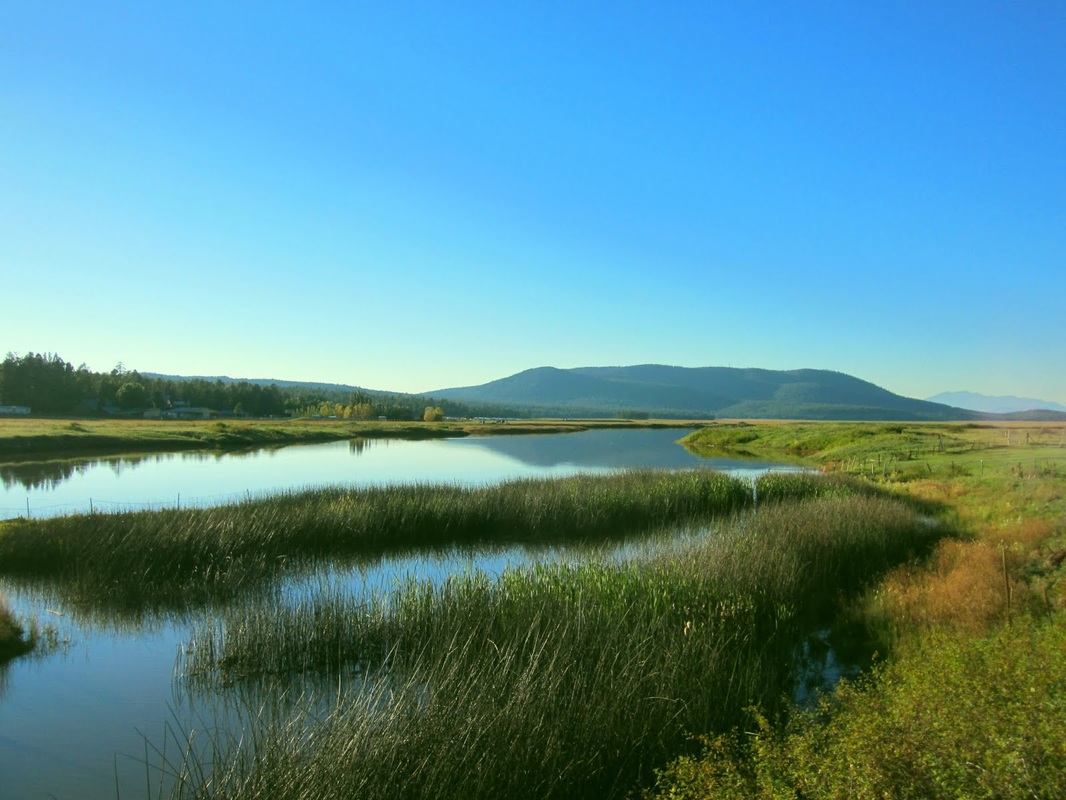
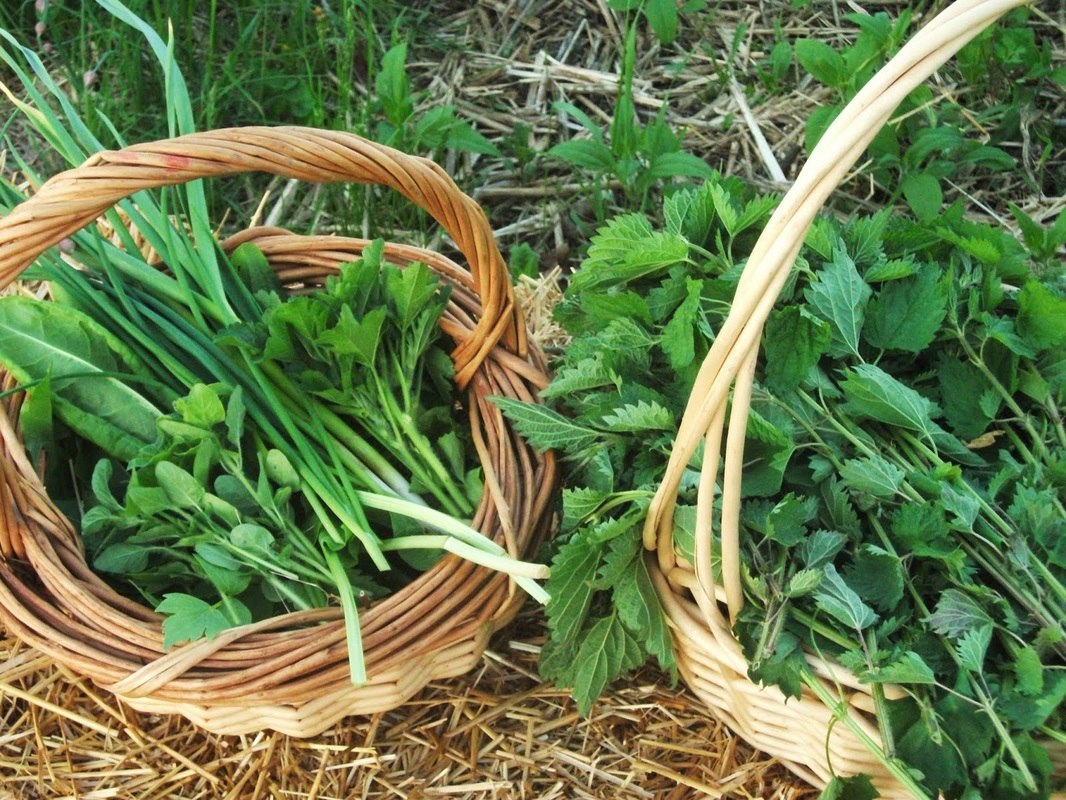
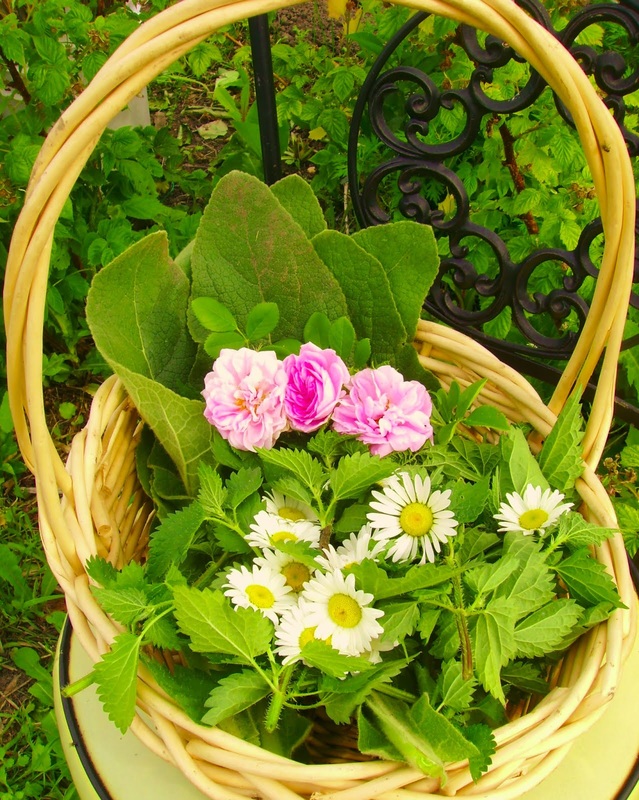
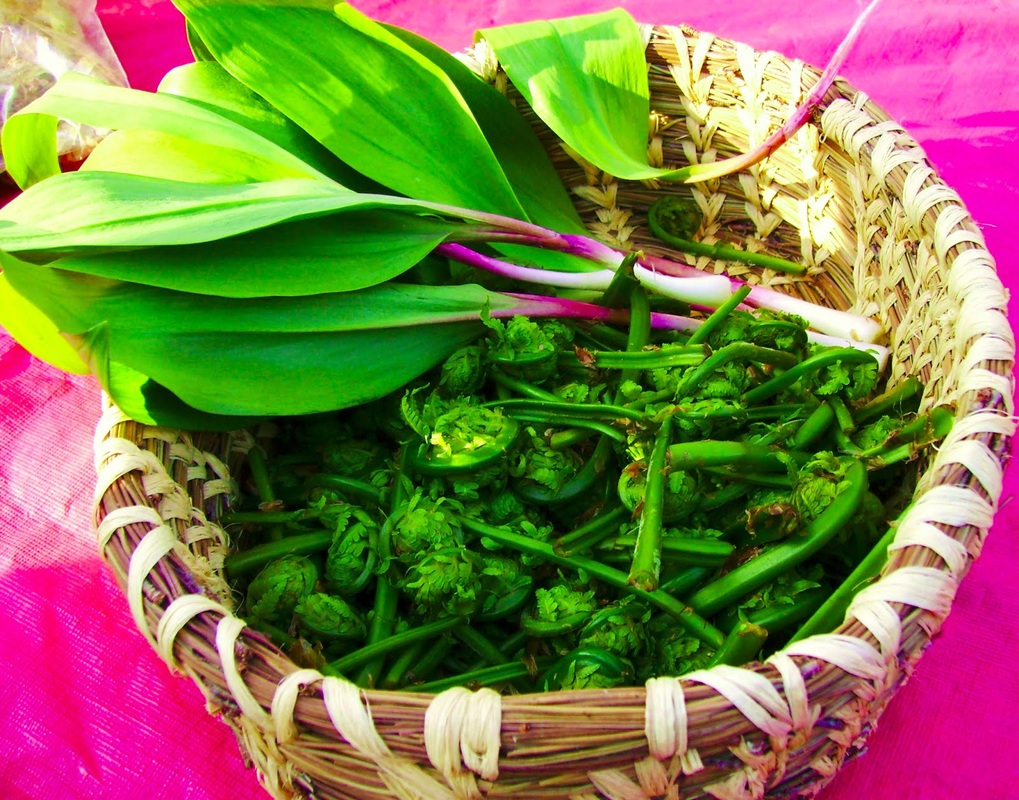
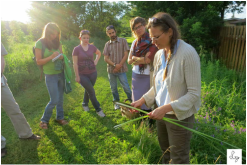
 RSS Feed
RSS Feed